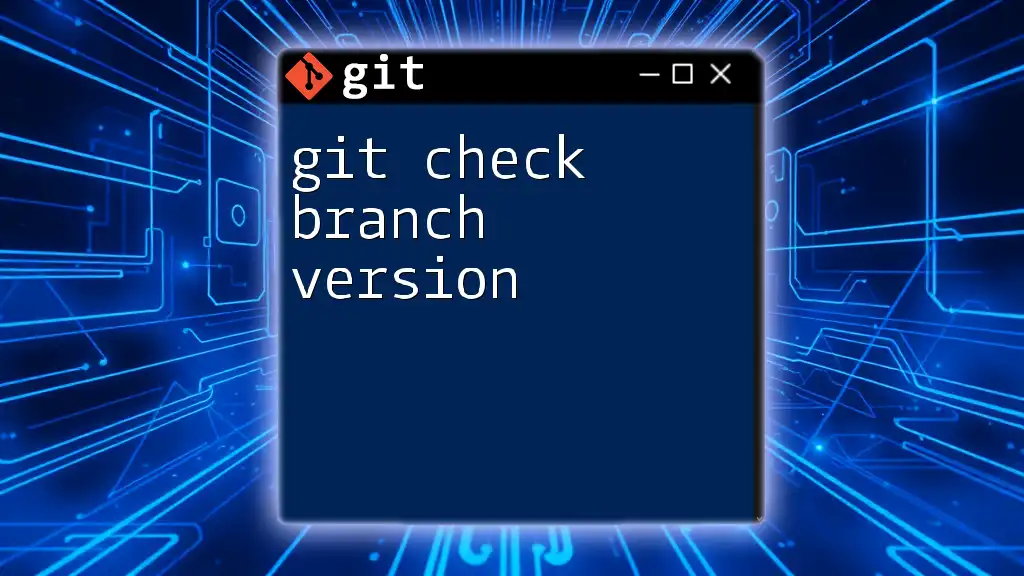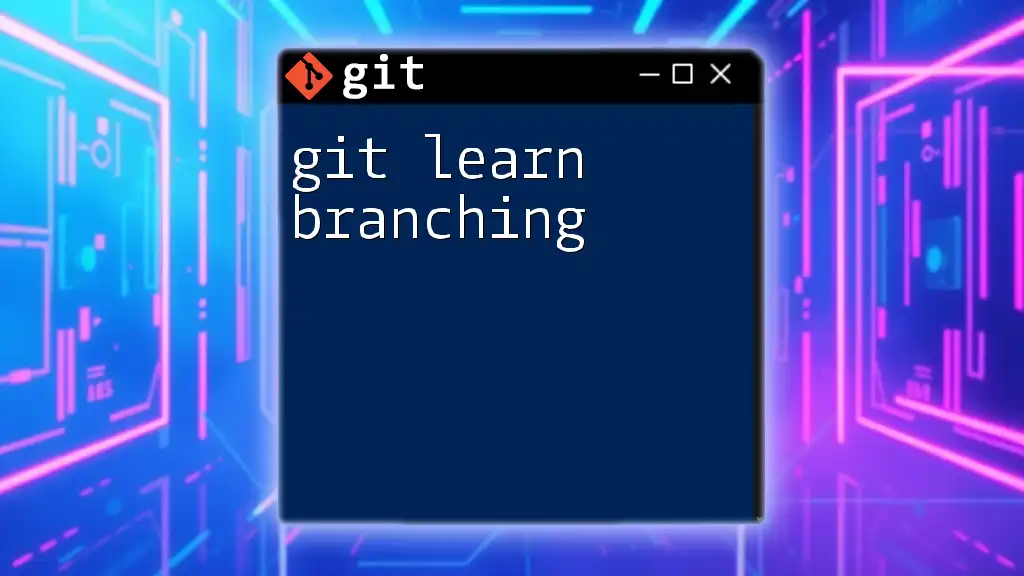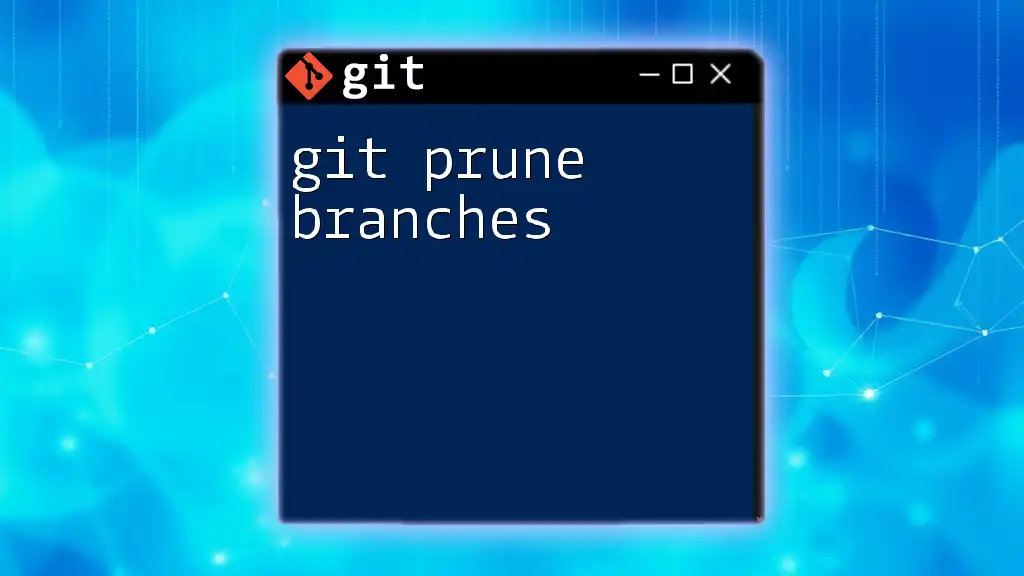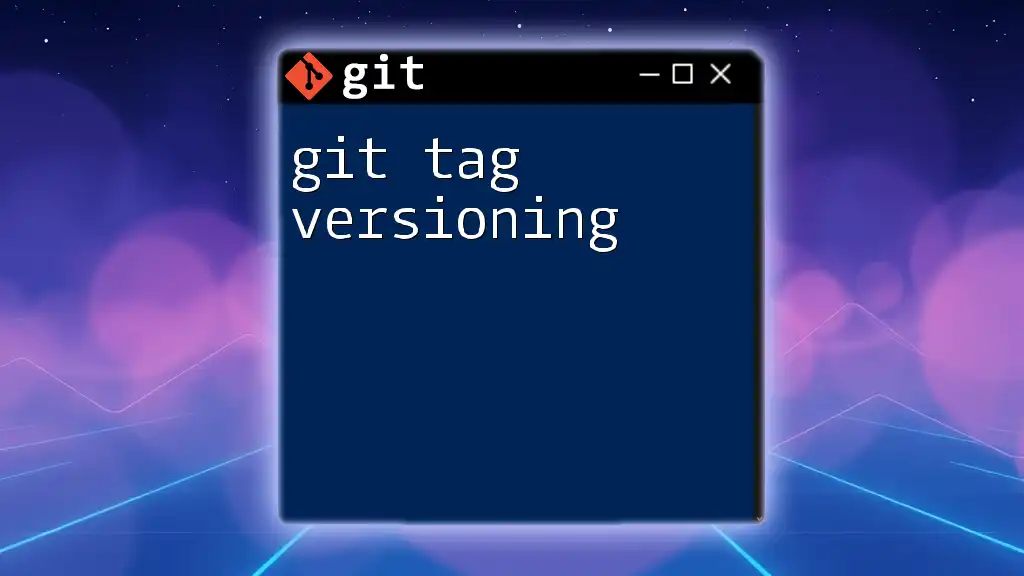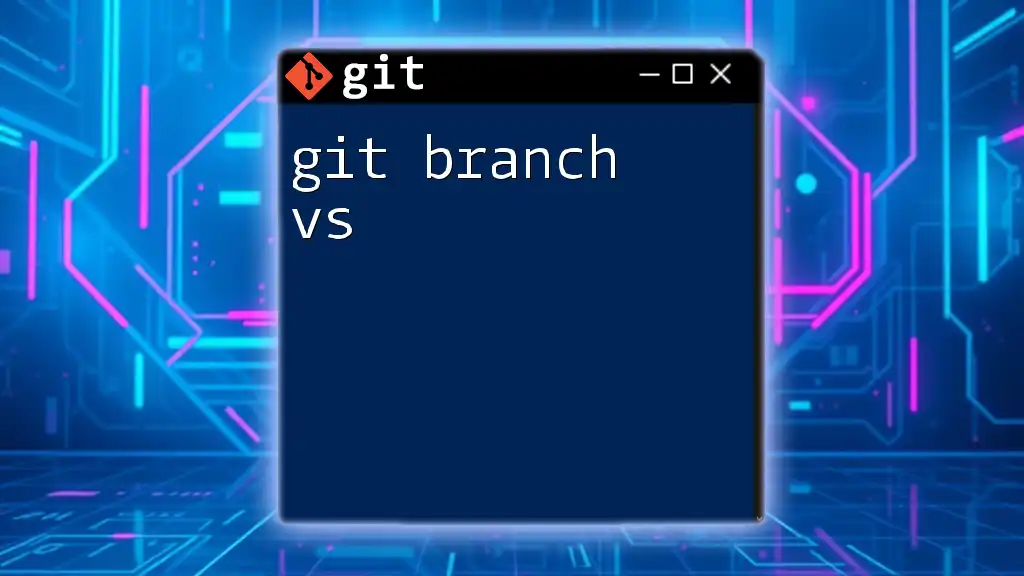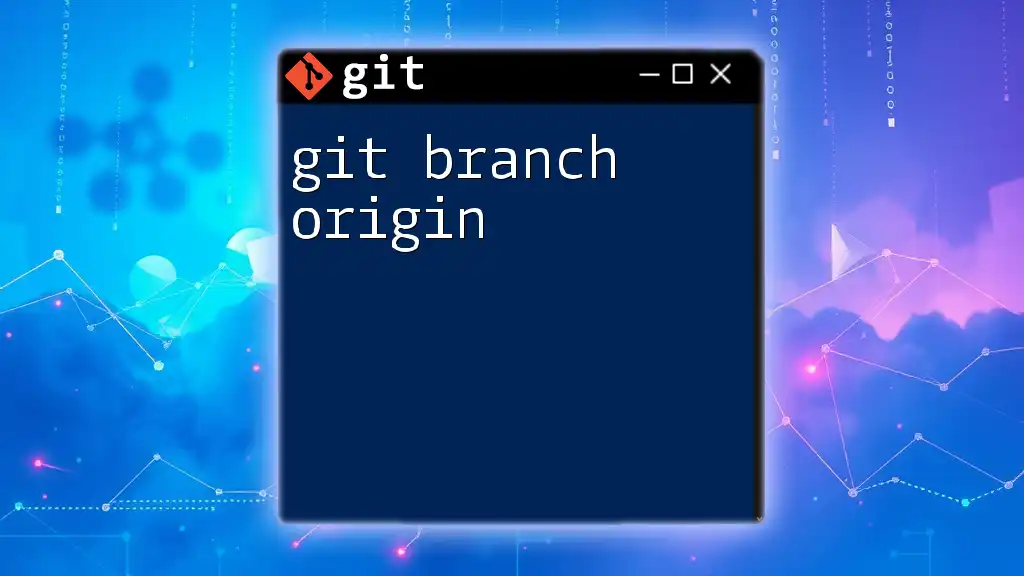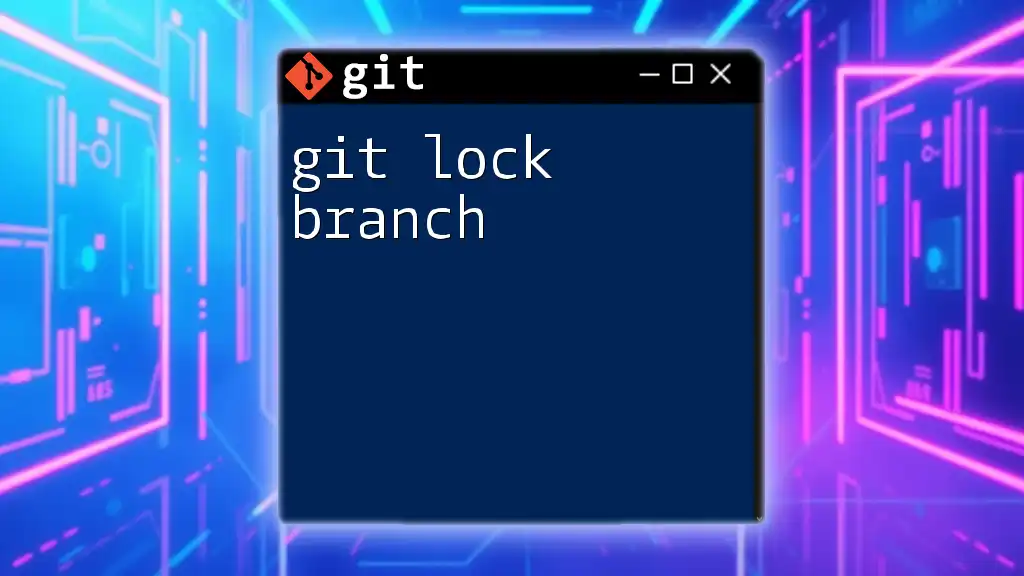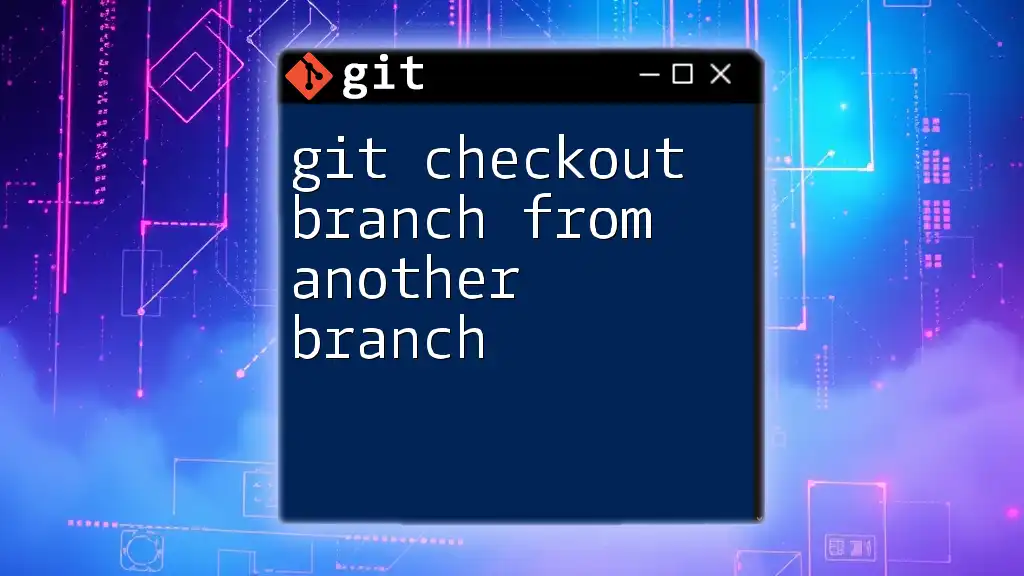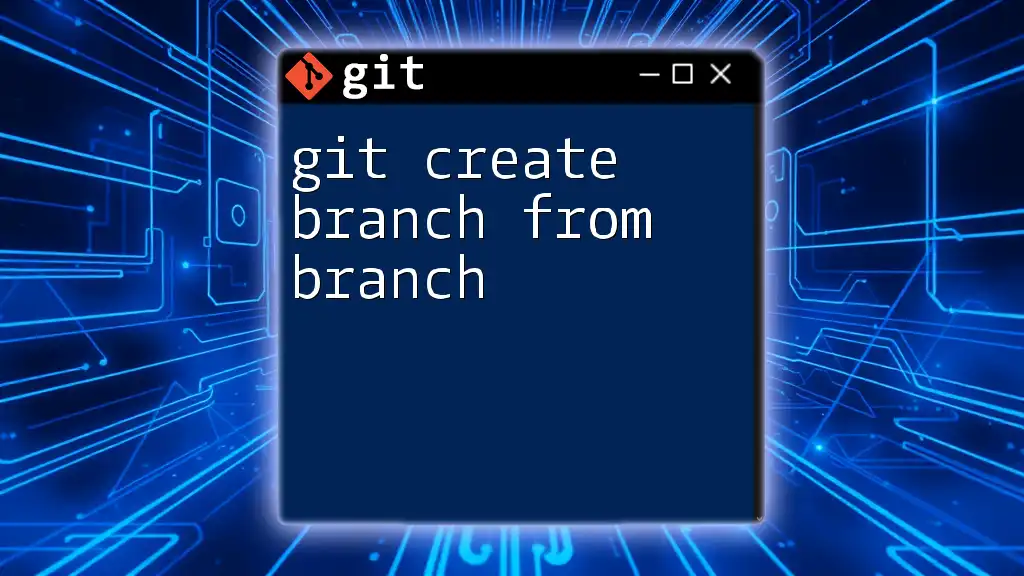To check the current branch and its associated version information in a Git repository, you can use the following command:
git status
This command will display the current branch and its status, including any changes that have not been committed.
Understanding Git Branches
What Are Git Branches?
In Git, branches are essentially pointers to a specific commit in the repository's history. They allow developers to work on separate features, fixes, or experiments without affecting the main codebase. By isolating changes, branches facilitate a more organized workflow and enable collaboration among multiple developers.
Why Check Branch Versions?
Checking the version of your branch is crucial, especially when working in a team environment. It ensures that everyone is on the same page regarding the most recent changes, helping to prevent merge conflicts and compatibility issues. Understanding which version of the branch you are working on can significantly improve your efficiency and code quality.
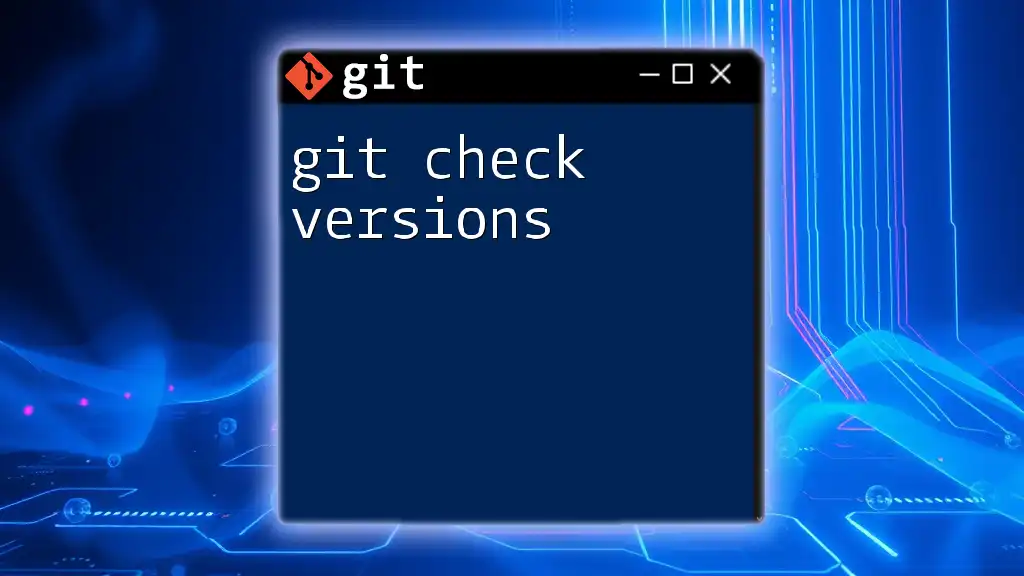
How to Check Branch Version
Checking the Current Branch
To see which branch you are currently on, use the command:
git branch
When you run this command, you'll see a list of all branches in your repository. The current branch will be highlighted with an asterisk (*). This quick check helps you confirm that you're working in the intended context.
Viewing Commit History
Using Log to See Commits
To view the commit history of your current branch, utilize:
git log
The `git log` command provides a comprehensive history of all commits. Each commit will show details like the commit hash, author, date, and message. To condense this output, you can use useful flags:
-
`--oneline`: This provides a simplified view, showing each commit as a single line. It makes it easier to scan through the history quickly.
git log --oneline -
`--graph`: This option presents a visual representation of the branching and merging of commits, aiding your understanding of the repository’s commit structure.
git log --graph
Checking the Last Commit
To see the details of the most recent commit on your branch, use:
git show
This command reveals detailed information about the last commit, including the commit hash, author, date, and commit message. It’s a helpful command for quickly understanding what changes were made last and can serve as a reference for making future updates.
Comparing Branches
Using Diff to Compare Versions
Sometimes you may want to know how your branch diverges from another, such as the master branch. The `git diff` command is valuable for comparing differences between branches or commits. To compare your current branch against the master branch, run:
git diff master..feature-branch
In this command, `feature-branch` should be replaced with your branch name. The output will indicate which lines have been added, modified, or deleted, making it easier to see what changes you have made compared to another branch.

Checking Remote Branch Versions
Viewing Remote Branches
To see all remote branches, you can execute:
git branch -r
This command lists branches stored remotely, allowing you to check and confirm which branches exist on your remote repository.
Fetching and Checking Remote Versions
Frequent updates from a remote repository are common in collaborative projects. To synchronize your local repository with the remote branch changes, use:
git fetch
This command updates your local repository without merging any changes, which safeguards your current work. After fetching, you can check the remote branch's commit history with:
git log origin/branch-name
Be sure to replace `branch-name` with the actual branch's name you wish to inspect. This command will help you understand the current state of the remote branch and whether any new updates need to be integrated into your workflow.
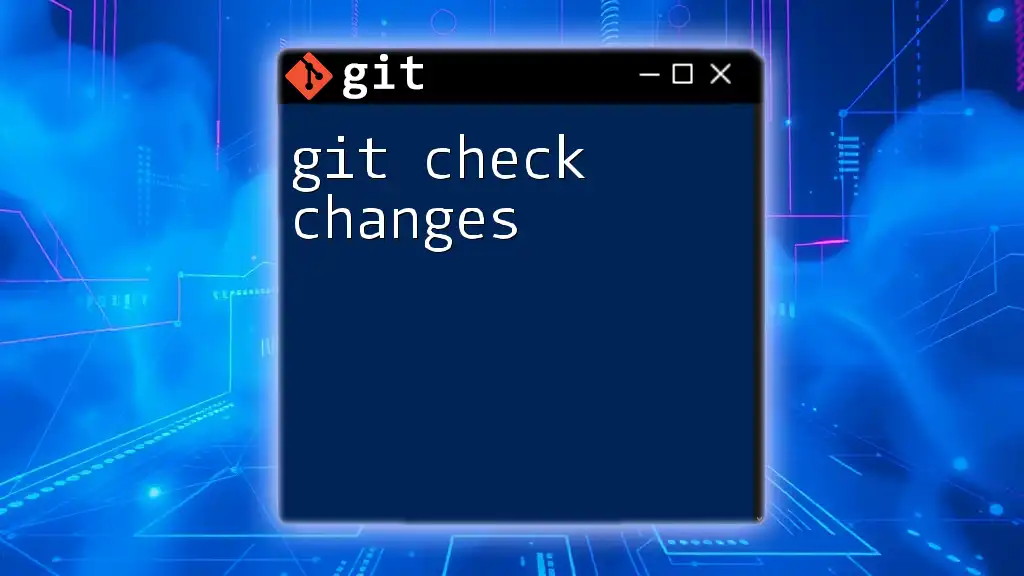
Working with Tags
Understanding Tags in Git
Tags in Git are used to mark specific points in history as important milestones, often marking releases or version reloads. Tags can add significant clarity to your release cycle and help in maintaining version control.
Listing Tags
To see all tags in a repository, issue the command:
git tag
This will show a list of all tags, providing a quick overview of your project's milestones or versions.
Viewing Tag Details
If you wish to get detailed information about a specific tag, you can use:
git show <tag>
Replace `<tag>` with the name of the tag you want to investigate. This command gives insights such as the associated commit details and can help clarify the significance of that tag in the project’s history.

Best Practices for Version Management
Regularly Check Branch Versions
Make it a practice to frequently check the version of your branch. This habit will ensure that you stay aware of recent changes and minimize the potential for errors during collaboration.
Use Descriptive Commit Messages
Clear, descriptive commit messages provide context and explain the purpose of changes made. This practice is beneficial when checking branch versions since understanding the evolution of a branch can significantly ease the debugging and reviewing process.
Sync with Team Members
Collaboration is essential in software development. Regular communication with team members regarding branch versions and changes can prevent confusion and enhance the overall effectiveness of your project. Encourage your team to share updates and collaborate on understanding the current state of branches.
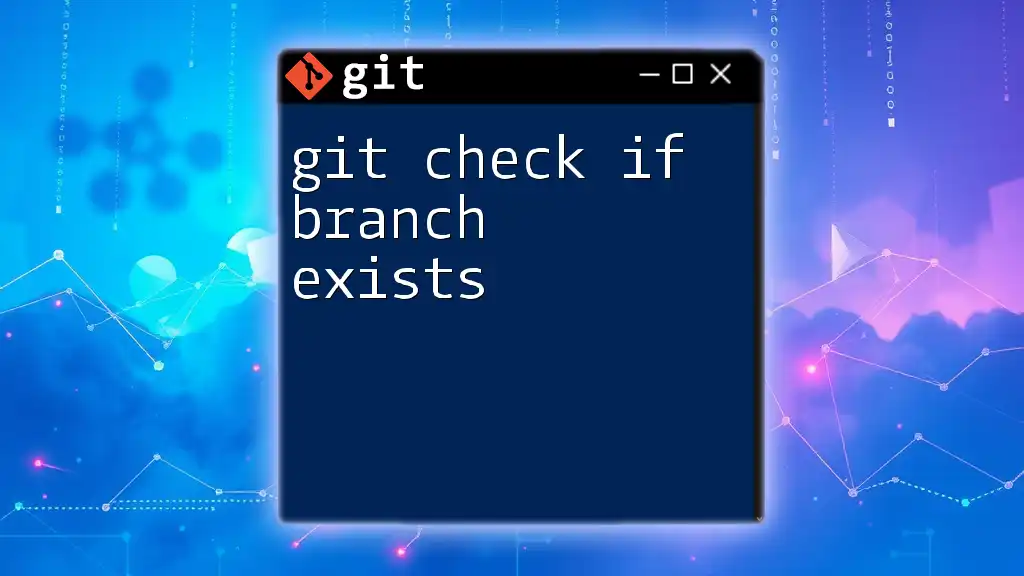
Conclusion
By understanding how to effectively git check branch version, you can elevate your version control practices and improve team collaboration. Regularly using commands like `git branch`, `git log`, and `git diff` will keep you informed of your branch's state, enabling you to focus on writing quality code without disruption. Practice these skills to bolster your proficiency in Git and streamline your development efforts.
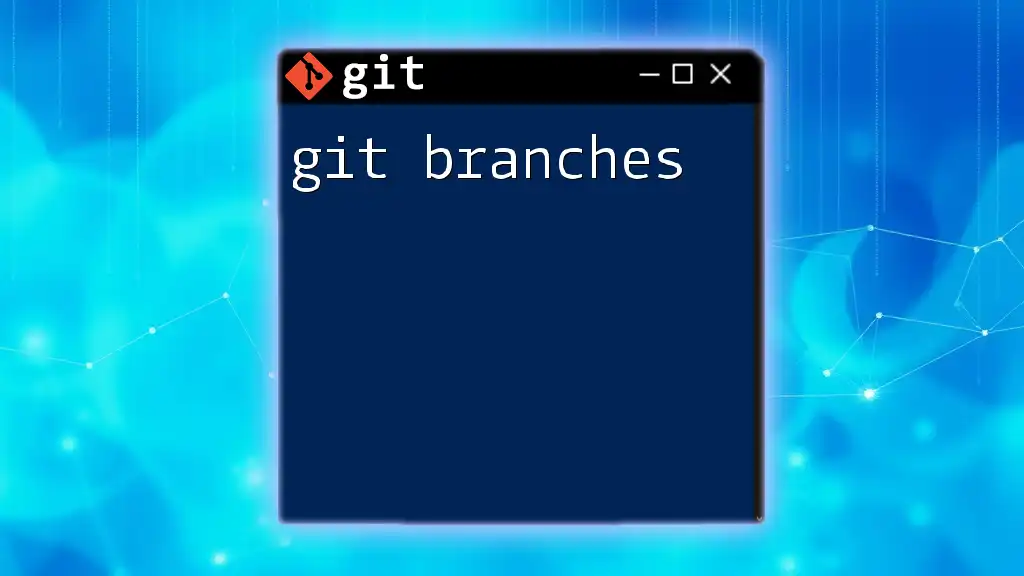
Additional Resources
To deepen your understanding of Git, consider browsing the official Git documentation and exploring recommended reading materials on version control best practices. These resources will be beneficial as you develop your skills and apply them in real-world scenarios.

About Us
At [Your Company Name], we are dedicated to empowering individuals with the knowledge to use Git commands efficiently and effectively. Join us on this journey to master version control and elevate your collaborative programming skills!

